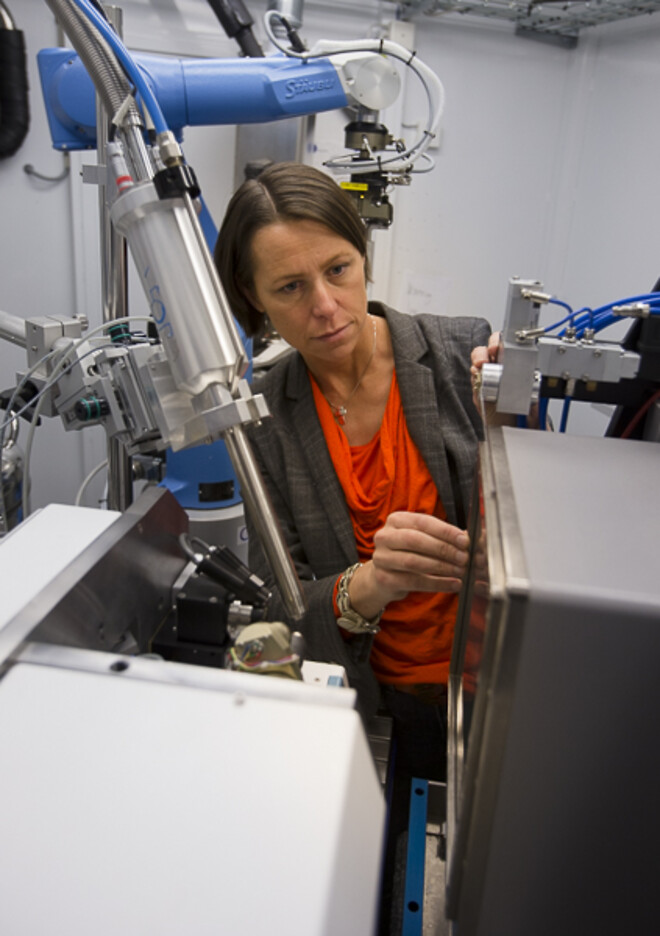Coordination of world-class research facilities
Kajsa M Paulsson leads a research group at Lund University, working on antigen presentation. However, she describes the research as more of a hobby.
– In order for progress to be made, I am totally dependent on having great people in my research group.
Currently, Kajsa M Paulsson is largely focused on her role as project leader for the three-year EU funded Hanseatic League of Science (HALOS) project. Started on February 1, 2019, and spanning the area of Öresund-Kattegat-Skagerak, the project seeks to build a unique collaboration between Hamburg and southwest Scandinavia. The aim is to optimise the use of the four large research facilities located in the region: MAX IV, ESS, DESY and European XFEL.
– The project will run over a period of three years, and rests on two legs: regional development issues and cross border research.
HALOS is a follow-up to the now completed ESS & MAX IV: Cross Border Science and Society project, a Danish-Swedish-Norwegian project, running from 2015 to 2018 and involving 27 partners. Co-financed by the Interreg Programme for Öresund-Kattegat-Skagerak, the project was run by Region Skåne and Region Hovedstaden.
– During that project, we noticed an increasing interest from industry and the life science sector, and we were approached by the University of Hamburg which was interested in the Danish-Swedish collaboration. All in all, this made it relevant to move forward in a new project.
Within the framework for the cross-border research venture, around 40 six-month projects will be run, this time focused on the life science sector. At the same time, the technology portfolio has been extended to also include synchrotron- and free electron laser-light, neutrons and electrons.
– We have introduced a new strict requirement. All participating projects must offer industrial value or a high innovation potential.
The long-term goal of HALOS is to create a Nordic centre of excellence for integrated, world-leading innovation and life science research.
– It is quite unique for four unique world-class research facilities to be located at such proximity to each other. Properly taking advantage of this will give us a head start internationally within the life science field.
Kajsa M Paulsson will speak about HALOS and efforts to optimise research infrastructure usage during The Future for Swedish and Danish Life Science event at Medicon Village on April 2.
